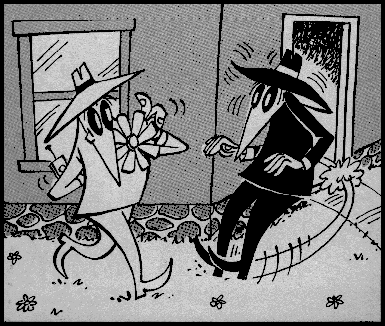I've co-authored a paper entitled "Windows of Vulnerability: A Case Study Analysis" along with John McHugh and Bill Fithen both from CERT/CC. The paper will be published in the December issue of IEEE Computer, and I'll provide a link at that time. In the mean time, the short story is that we developed a model for the life cycle of vulnerabilities. We then applied the model to three different vulnerabilities and discovered several interesting facts. First, the scripting, or automation, of a vulnerability appears as the driving force behind intrusions- not the disclosure of the vulnerability. Second, we found that patches for flaws were available long before a significant number of intrusions occurred.
While reviewing the data sets collected for the paper above, we noticed that there were similarities in the rate of intrusions for each vulnerability. As a result, we performed a regression analysis on the three data sets and found a common mathematical model for predicting the severity of intrusions over time. The technical report describing our results can be found here: A Trend Analysis of Exploitations .
